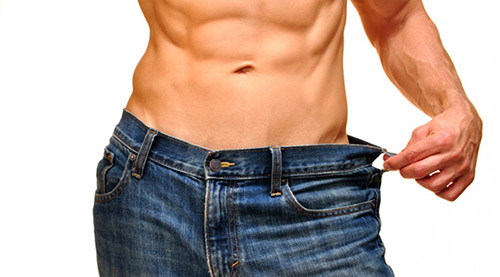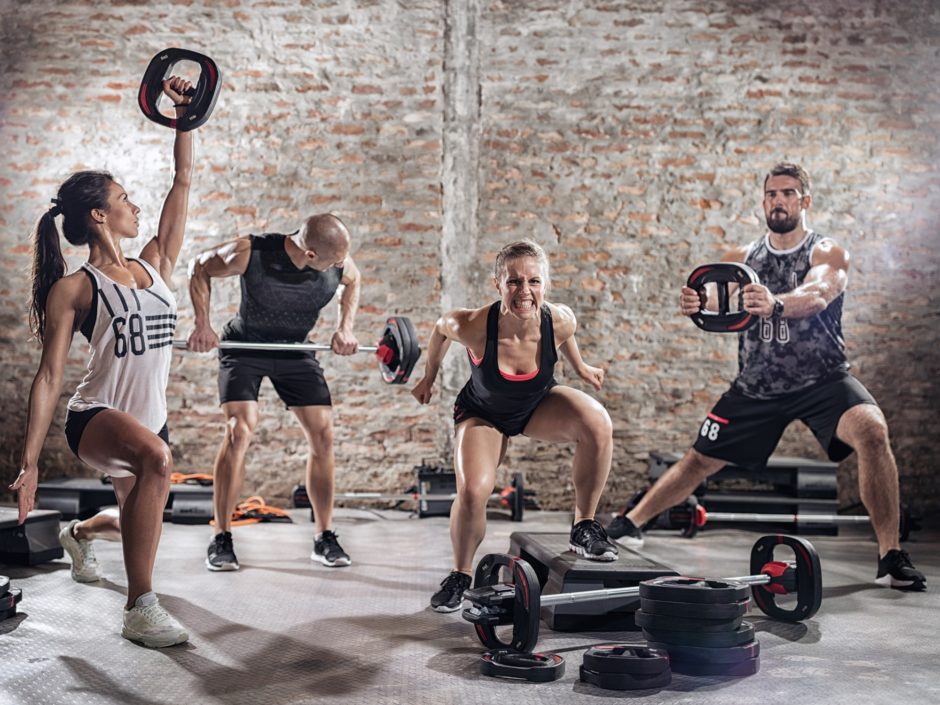
Fat Burning: Health magazines are always full of new ways to burn fat faster then ever before. Modest to wild claims occurs on a monthly basis as to what method is best to use. For the layperson , what is fact and what is fiction.
There are two methods to get the body to burn fat through exercises throughout the health and fitness industry for each of these methods. There are two camps of philosophy on which method is best and sometimes arguments can get very heated. You should know that simple by exercising, the body will burn more fat calories after the exercise then if you don’t exercise.
The two methods are very simple:
1) the body burns fat best through low energy used sustained exercise for example a long slow bike ride or slow walk at about 50-65% max heart rate. At this level it would take almost 3 hours before the body starts to burn more fat then carbs.
2) The body burns fat by using a higher level of intensity exercises such as running or ridding a bike at about 70-85% of max heart rate. Using this method the body starts to burn more fat then carbs after 18 mins of exercise, On both of these methods the body will still burn fats for up to 6 hrs after working out.
The reality is that when beginning an exercise the firth fuel source used is glycogen followed by fat and to a limited extent protein provide energy. Because glycogen is continually replenished it will continue to be the fuel to be used until the cell can not supply enough for the demand. Once this happens the body becomes aware of it and begins to draw energy from free-fatty acids that are being metabolised for adipose.

What are examples of exercises that will get one to the point of burning fat faster then carbs? The 1st example is running if you run at an average pace of 9-11 mins per mile it would take 40 mins for the body to burn fats over carbs. But if you ran faster say 6-7 mins per a mile you would reach this point in 20 mins. Sounds both logical ad reasonable, Because after each respective time the energy demands in the call are such the glycogen stores become depleted to the point that they can not provide the energy.
Suppose you like to run but also want to retain as much lean muscle mass as you can so that you have a more symmetrical shape then the typical large legs and skinny upper torso of a marathon runner if this is what you desire then be careful about how long you exercise for, if you jog more then 5-7miles a day glycogen cells become depleted, energy from fatty acids being metabolised cannot supply enough energy for demand and the body goes into a virtual starvation mode, where dose this energy come from? The answer is protein, but not from the protein you ingest. The protein energy supply comes from cannibalisation of muscle tissue. This is why marathon runners cannot keep muscle mass.
For the latter method you would need to ask yourself if you were individually up to the challenge of running sprints since these are more processional level exercise and demand much more on the body.
A good example is interval training begin ridden at an easy pace 60-70% max heart rate for 5 mins then increase your heart rate to 80-95%for 60-90 secs. Do this for 40-50 mins. This will burn for calories then if u were at a sturdy pace because you slow down to a normal pace afterward, glycogen in the cells is replenished somewhat and that allows you to continues exercise over time.
Strength training is a excellent exercise to burn fat, fat is used for 60% of the fuel source for this activity when lifting a moderate to heavy weight. It’s a good activity for that that falls between the methods above like interval training. Instead of being aerobic like jogging or biking is it anaerobic like sprinting and works because you are pushing heavier loads for resonance more energy is required.
Additionally the more lean muscle mass you have the less fat you have. The facts are that growing muscle maintain an elevated metabolism for up 15 hrs after a workout and they burn fat for fuel when doing these exercise move quickly from one to another allowing only 45-60 seconds between sets and maintaining a heart rate or 70-80% of maximum.
In reality regardless of the method you used the amount of fat burned while acutely preforming the activity is not much different between low or high intense exercises, the best method to use to get more fat calories hen carbs are more like method two if you are capable of doing them eg.
6-7 min mile pace jogs, strength training, and similar exercises also speed-strength exercises such as plyometrics, ballistics and full body exercises are even more efficient.

If you found this article interesting you may also enjoy reading Darn Well Jogging Around, Programming for Sport Specific Training, or The Effects of Resistance Training on Bone Mineral Density.
Strength training is covered in the Diploma of Sport and Certificate IV in Fitness.
